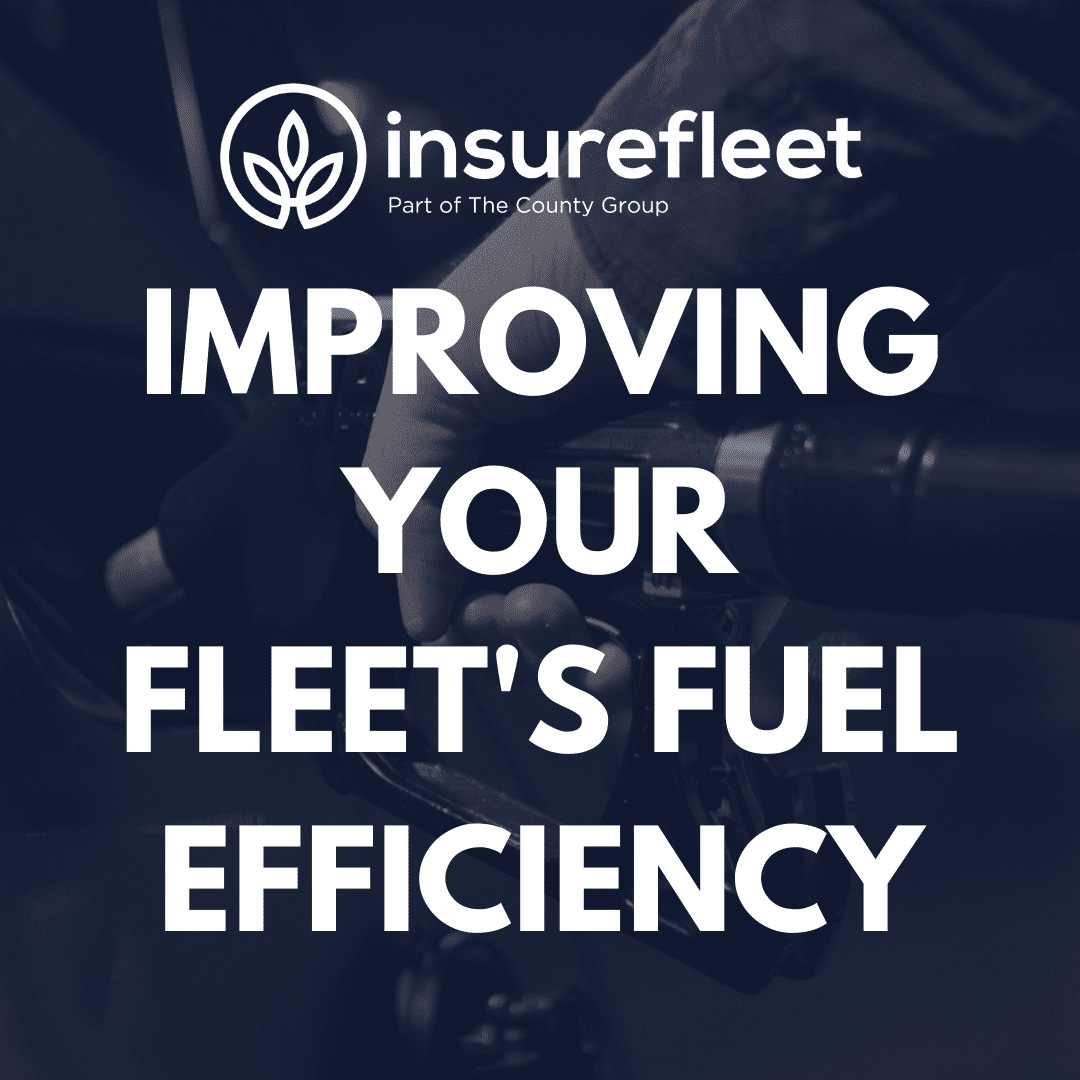Improving your fleet’s fuel efficiency

Optimising vehicle fuel efficiency is a vital aspect of ensuring organisational success in the transport and haulage sector. In fact, recent research from industry experts revealed that fuel equates to nearly 30 per cent of total operating costs in the average commercial fleet. With this in mind, it’s clear that taking steps to improve your fleet’s fuel efficiency could generate a significant increase in profits. What’s more, maximising fuel efficiency also helps protect the environment by limiting carbon emissions and pollution levels.
The best way to optimise vehicle fuel efficiency within your transport or haulage organisation is through the implementation of smart driving initiatives. Whether they operate a lorry, bus or van, provide your drivers with the following guidance to help improve your commercial fleet’s fuel efficiency.
How to Improve Fleet Fuel Efficiency
Next time your drivers hit the road, give them these six tips to ensure their journey is fuel-efficient:
Anticipating other drivers — One of the most vital attributes of being a smart driver is the ability to anticipate potential hazards on the road. When drivers don’t prepare for possible hazards, they are more likely to resort to the ‘stop-go’ technique of sharp braking and frequent acceleration. This poor practice of repeatedly pushing down on the vehicle’s accelerator leads to higher fuel consumption. By spotting hazards earlier and allowing for enough stopping distance, your drivers will be able to avoid such frequent acceleration and improve vehicle fuel efficiency.
Using momentum — Most modern vehicles have technology in place to recognise when the momentum of the vehicle is driving the engine forwards rather than the engine driving the vehicle (eg when driving downhill or slowing down). A fuel cut-off switch usually kicks in when the driver takes their foot off of the accelerator, halting the flow of fuel to the injectors. This means that it is more fuel-efficient for drivers to remain in the right gear and take their foot off of the accelerator when driving downhill or slowing down, rather than ‘coasting’ in neutral. Allowing the vehicle to coast in neutral would still burn fuel in order to keep the engine ticking over. Keep in mind that this method isn’t effective when slowing down at low revs (eg when driving through stop-start traffic). At low revs, it is more fuel-efficient for drivers to shift to neutral or dip in the clutch.
Speeding up — Air resistance (also known as drag) increases when a vehicle’s speed increases. At motorway speeds, the majority of the fuel burned by a vehicle is used to overcame drag. This means that rapid acceleration and high cruising speeds will lead to more drag and greater fuel consumption. Consider fitting wind deflectors to your vehicles to reduce drag, and have drivers keep the rev counter in the green band.
Keeping tyres inflated — When a vehicle has under-inflated tyres, the engine has to work harder—thus burning more fuel—to overcome this resistance. To combat this risk and boost fuel efficiency, drivers should be required to ensure tyres are correctly maintained and inflated to the proper pressure during their daily vehicle walk-around check.
Using air conditioning — The air conditioning in a vehicle gathers its power from the engine, which increases fuel consumption. Once the internal temperature is reduced, the air conditioning system doesn’t have to work quite as hard to maintain the temperature. With this in mind, drivers should use vehicle air conditioning systems sparingly. Consider having a minimum temperature that drivers can set the climate control to in your vehicles. After all, a single degree can make a huge difference in fuel consumption. In addition, never allow drivers to have the air conditioning system running while vehicle windows are open.
Turning the engine off — Recent studies from industry experts found that drivers can decrease vehicle fuel consumption when they aren’t moving in traffic by turning their engines off and on rather than letting the engine idle. However, it’s important that drivers make sure that it is both safe and practical to turn their engines off when stopped in traffic. Generally, it is safe to do so when the vehicle is going to be stationary for between 10 and 20 seconds. Nevertheless, drivers should never sacrifice their safety for the sake of fuel efficiency.
For additional industry-specific guidance and insurance solutions, contact insureFLEET today by calling 01270 506984.
« Back to all news







